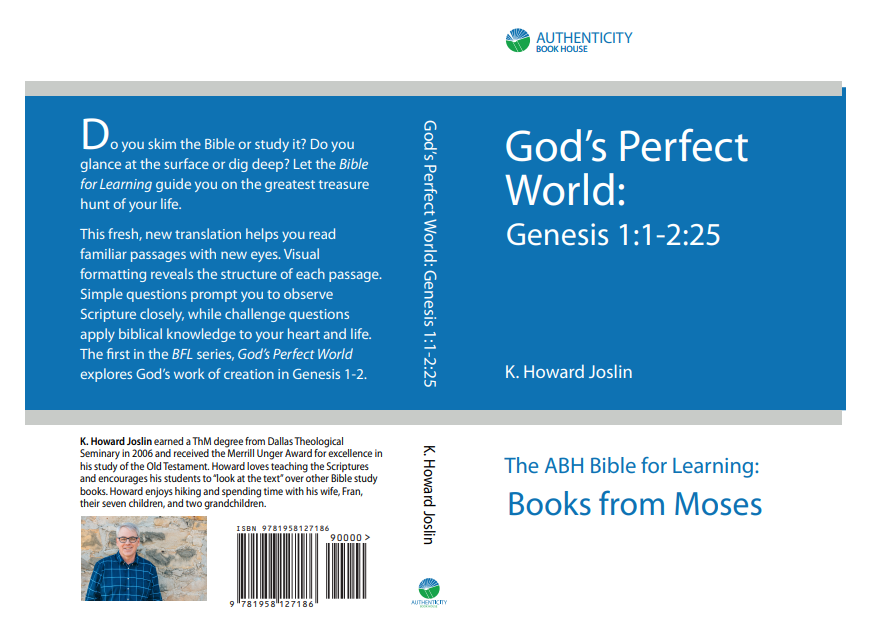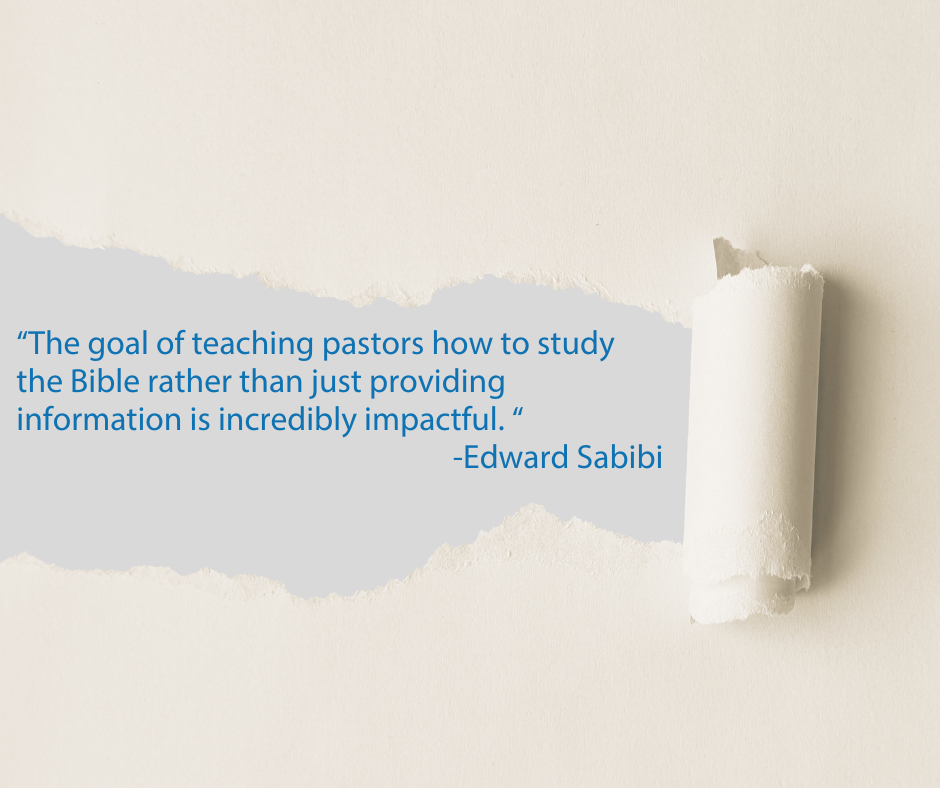by Erin Ensinger
Edward Sabibi ran into an unexpected problem when he began translating the ABH Study Bible. With no term in Swahili for “study Bible,” he found himself forced to coin the phrase “Biblia ya Kujifunza” or “Bible for Learning”—the perfect title for a tool that teaches pastors how to study God’s Word. Most Tanzanian pastors prepare their sermons with no study notes or commentaries to guide them. They can’t consult various translations since generally the sole version available to them is the Swahili Union Bible. According to one scholar, the SUV uses vocabulary familiar only to highly educated readers. The sentence structure follows the original languages rather than imitating contemporary Swahili speech. Although the SUV was updated in 1997, most pastors can only access the 1952 version. Even pastors fortunate enough to attend Bible college face an uphill climb in unfamiliar territory. “I have personally seen during my time in Bible school how pastors from rural areas, and even some from cities, struggle,” said Sabibi. “They struggle with terminology and foreign concepts after being brought into a completely new world of theology, especially with everything being taught in English.” ABH Board President Howard Joslin aspires to arm pastors with a new translation and an arsenal of study notes. He chose four qualities to guide his work:
• Accuracy—reflecting theologians’ best understanding of the original authors’ intended meaning. • Simplicity—replacing unfamiliar theological terms with definitions of what the terms actually mean. For example, “three yet one” replaces the term “Trinity.” • Freshness—choosing synonyms so the Bible for Learning reads differently than traditional translations. “Readers naturally pause when they see unexpected words,” Joslin explained. “This enables students to uncover additional details they might have overlooked.” • Consistency—using repeated words in the same way as the original text. Whenever a passage repeats a Hebrew word, the Bible for Learning uses the same word in English and Swahili. This consistency teaches readers to look for the significance of repeated words so they can more accurately interpret the passage. The Bible for Learning also follows a consistent format, laying out the steps a pastor could follow in his own personal Bible study. First Joslin provides a “visual translation,” breaking down each passage with subtitles, bullets, and other markings to allow readers to “see” the structure and emphasis. Then he encourages readers to ask seven crucial questions: “nani? nini? kwa nini? wapi? lini? namna gani? ngapi?” English readers know these questions as “who? what? why? where? when? how? how many?” Close observation forms the foundation of Bible study as readers scrutinize the text to answer the questions. More questions challenge readers to scrutinize their souls: “What does this passage teach me about God?” “How should it change my thinking and behavior?” “Do I really believe what the biblical author wrote?” Heart change, not merely intellectual understanding, fortifies readers with a worthy motive for study. Like ABH’s other books, the Bible for Learning will be printed as a series of bite-sized books, with the first installment— God’s Perfect World: Genesis 1:1-2:25—available this spring. Our Broken World (Genesis 3:1-6:8) and Jesus: God’s Perfect Son (John 1:1- 3:51) continue the story of redemption, supporting pastors in their efforts to teach the gospel. Joslin envisions the Bible for Learning as a team effort. He prays for others to join him in working on translating and creating study notes for individual books of the Bible. “God’s work is always bigger than one person,” Sabibi agreed. “I believe the Bible for Learning is going to bring massive transformation to all those who will embrace it, I being one.”

